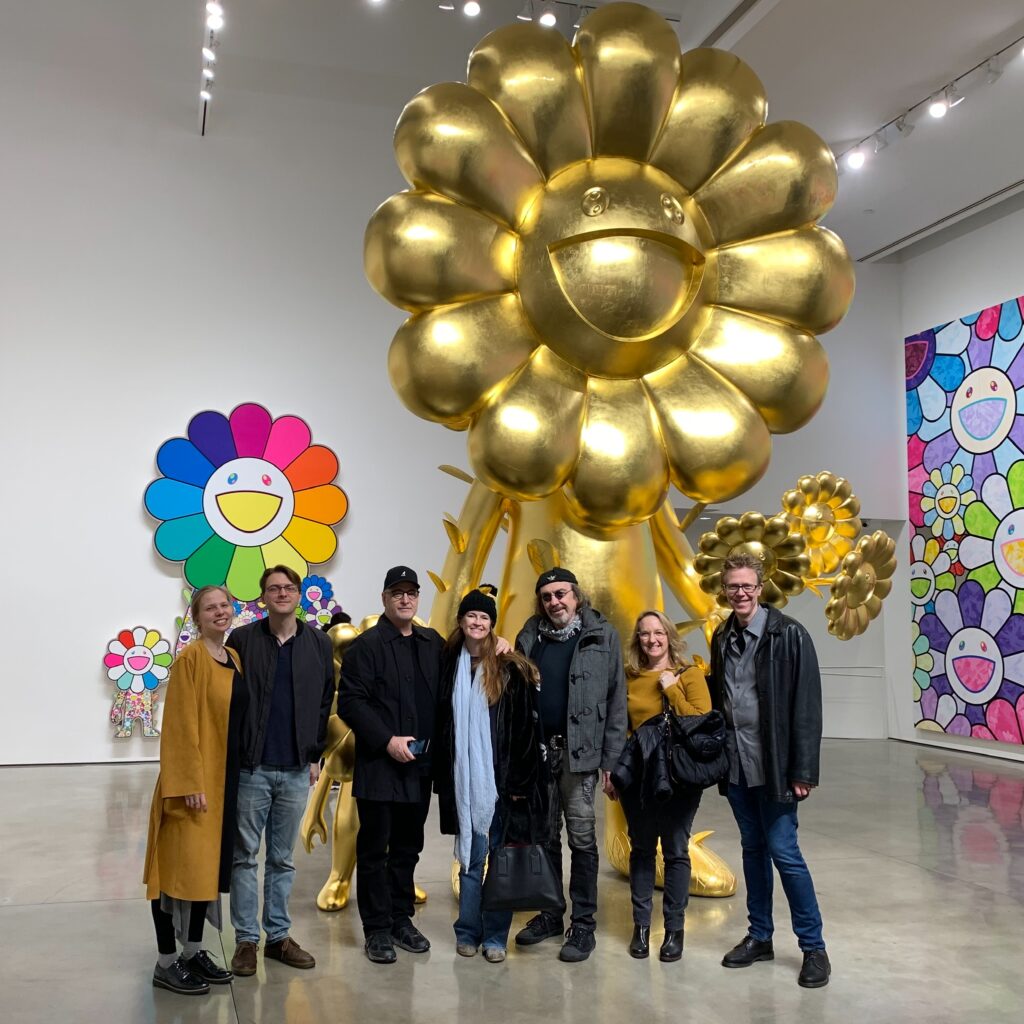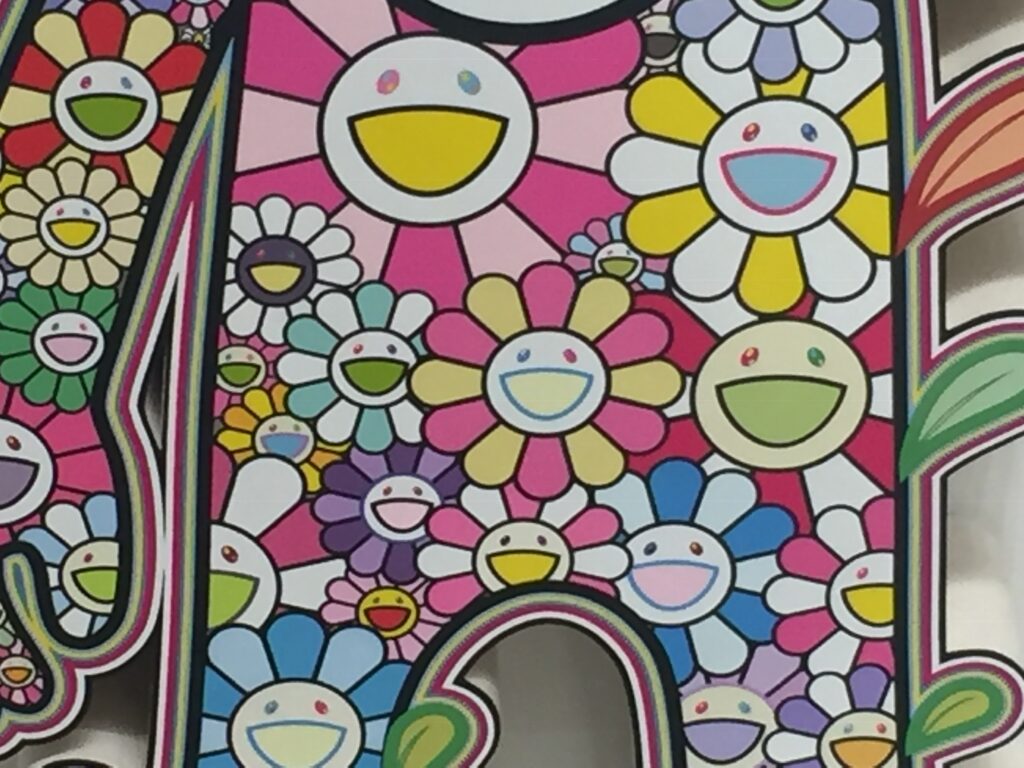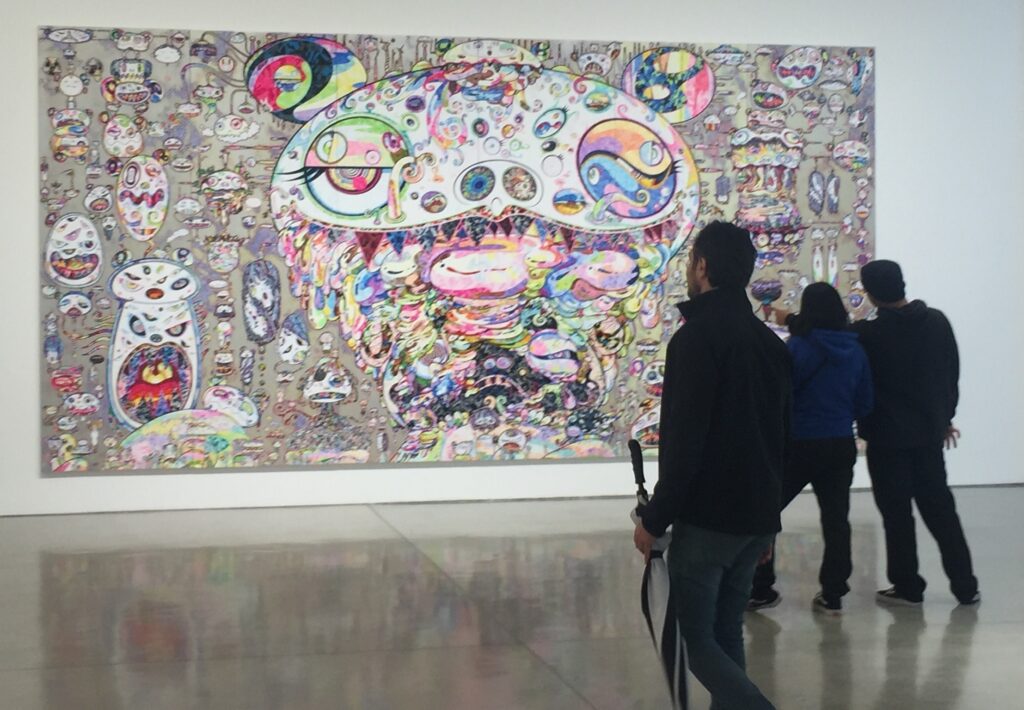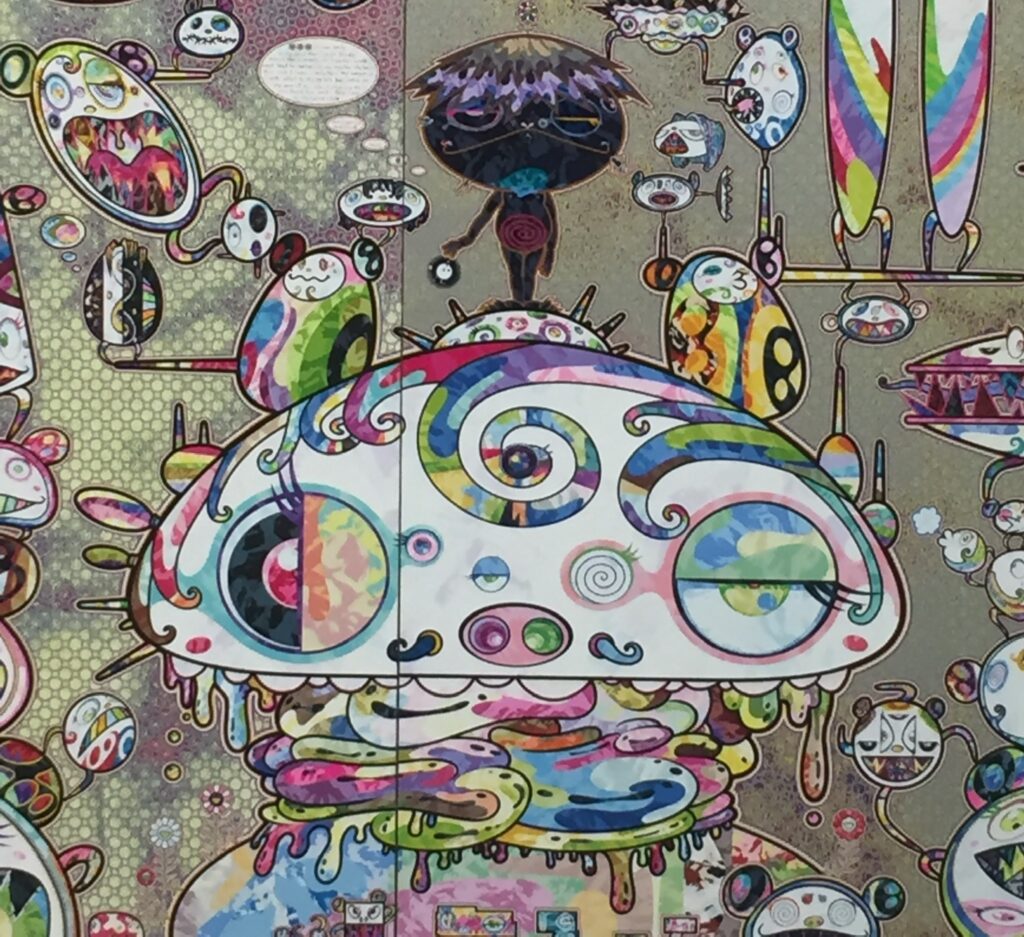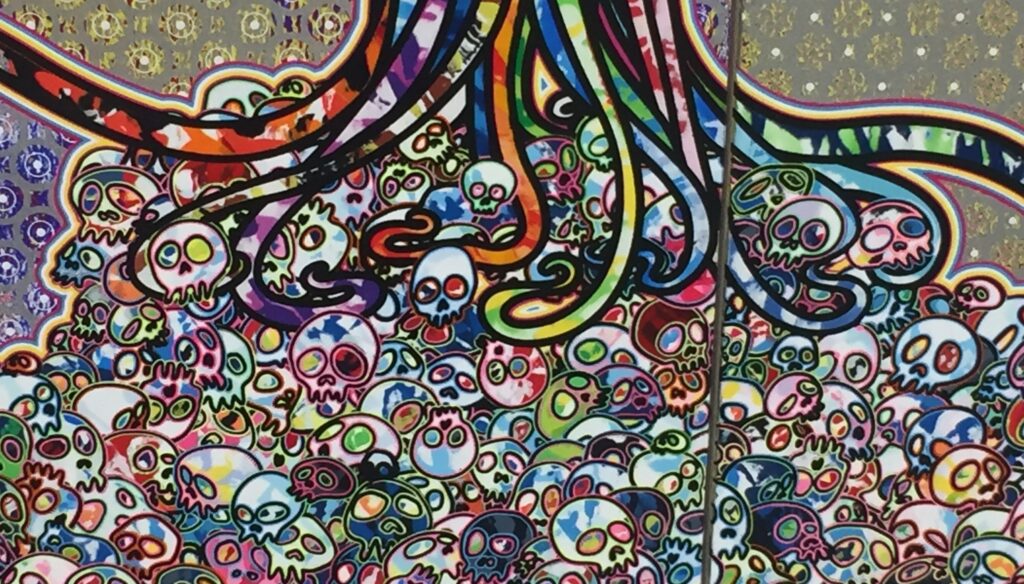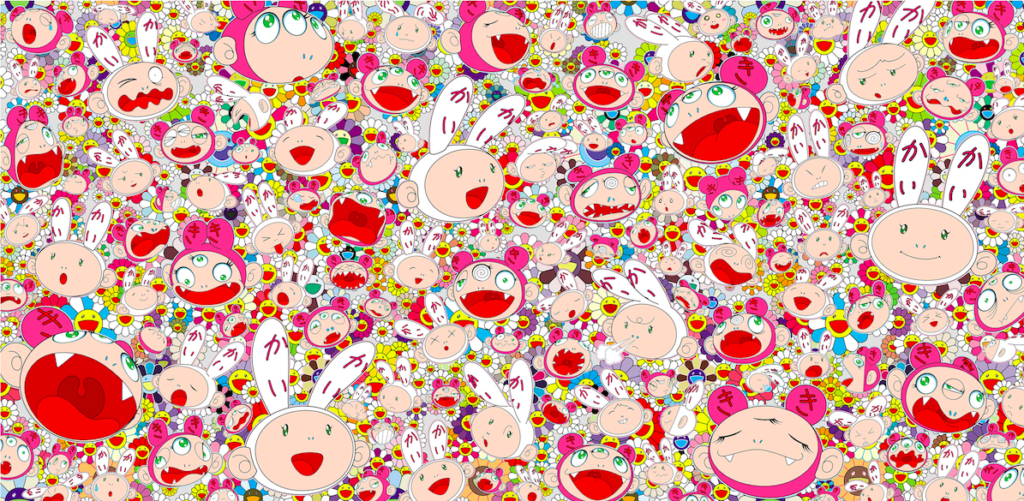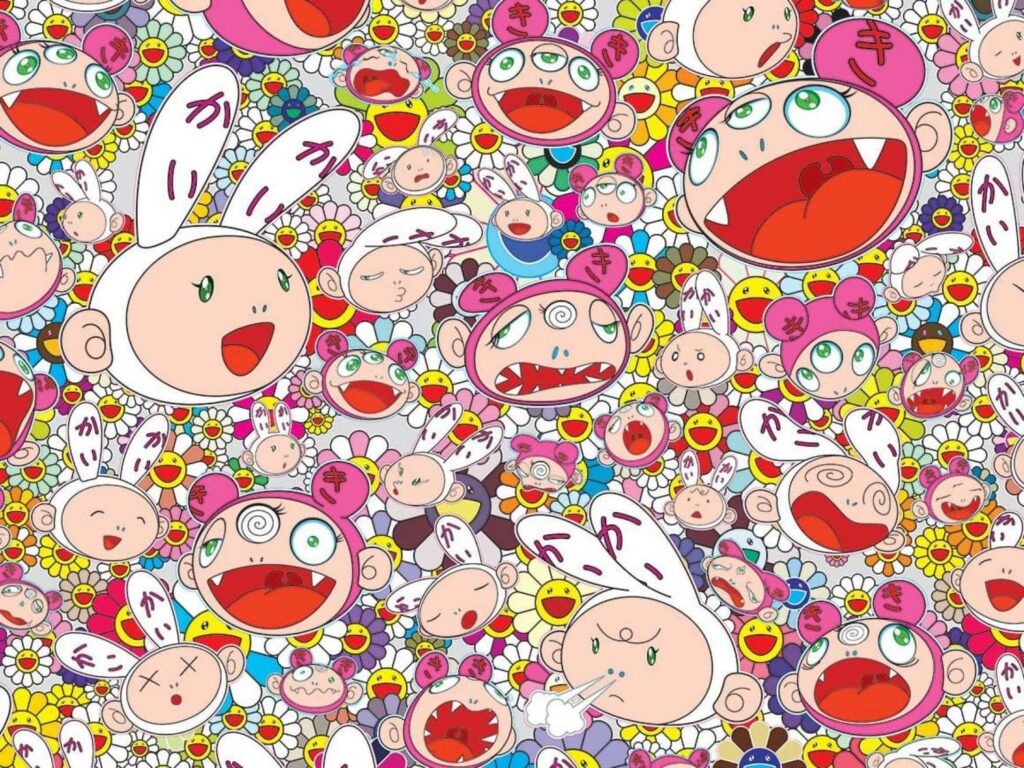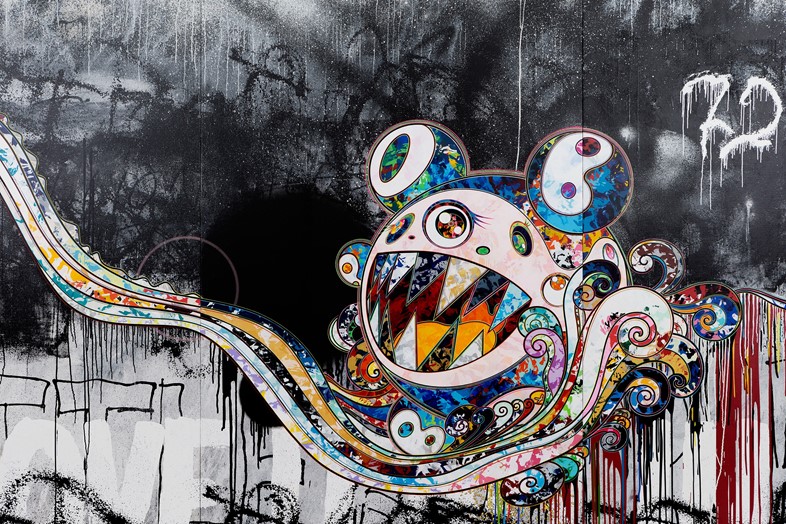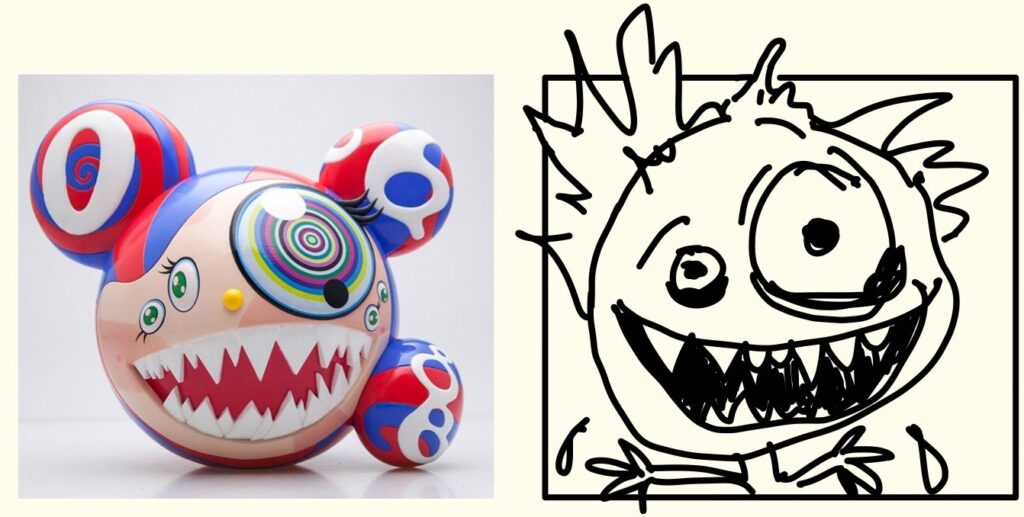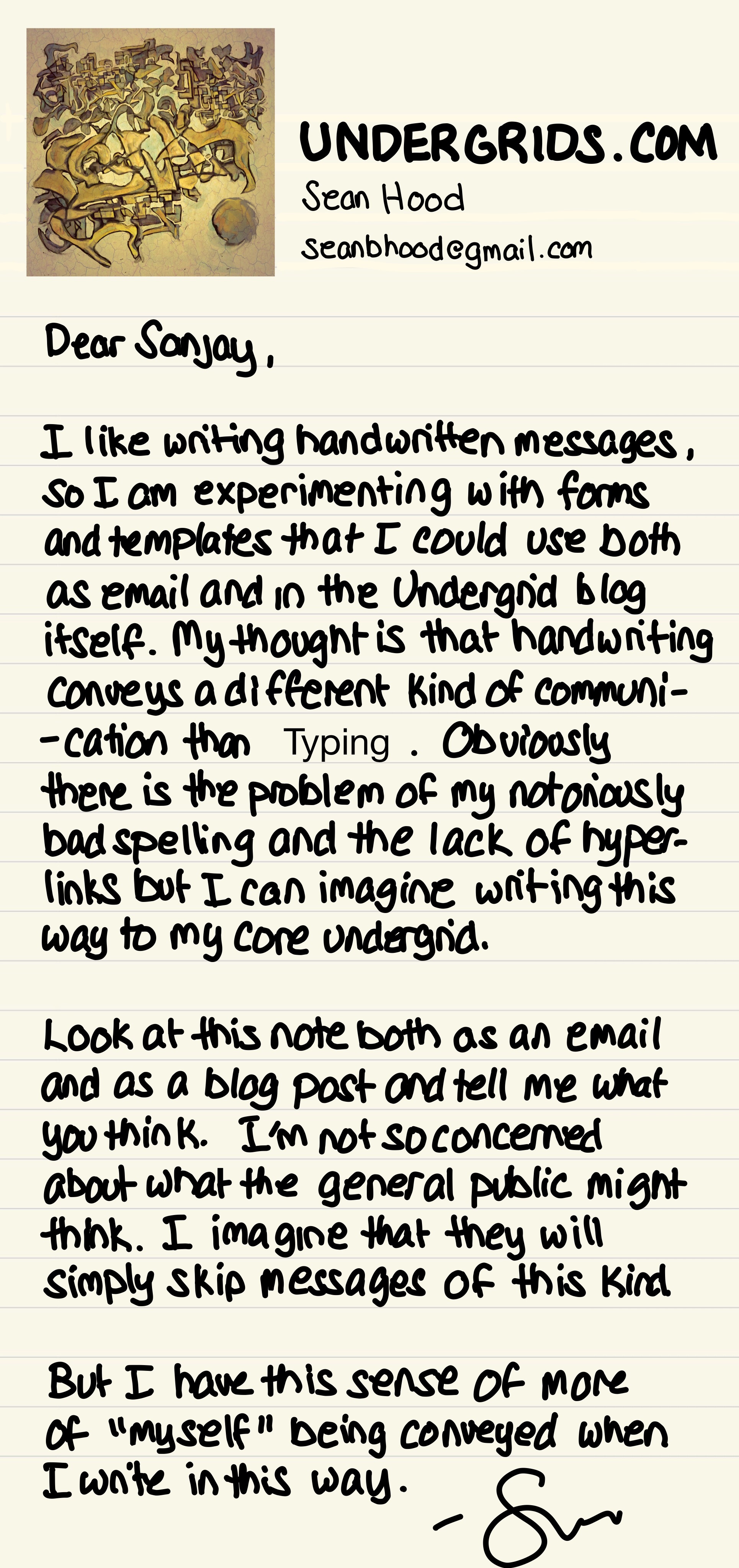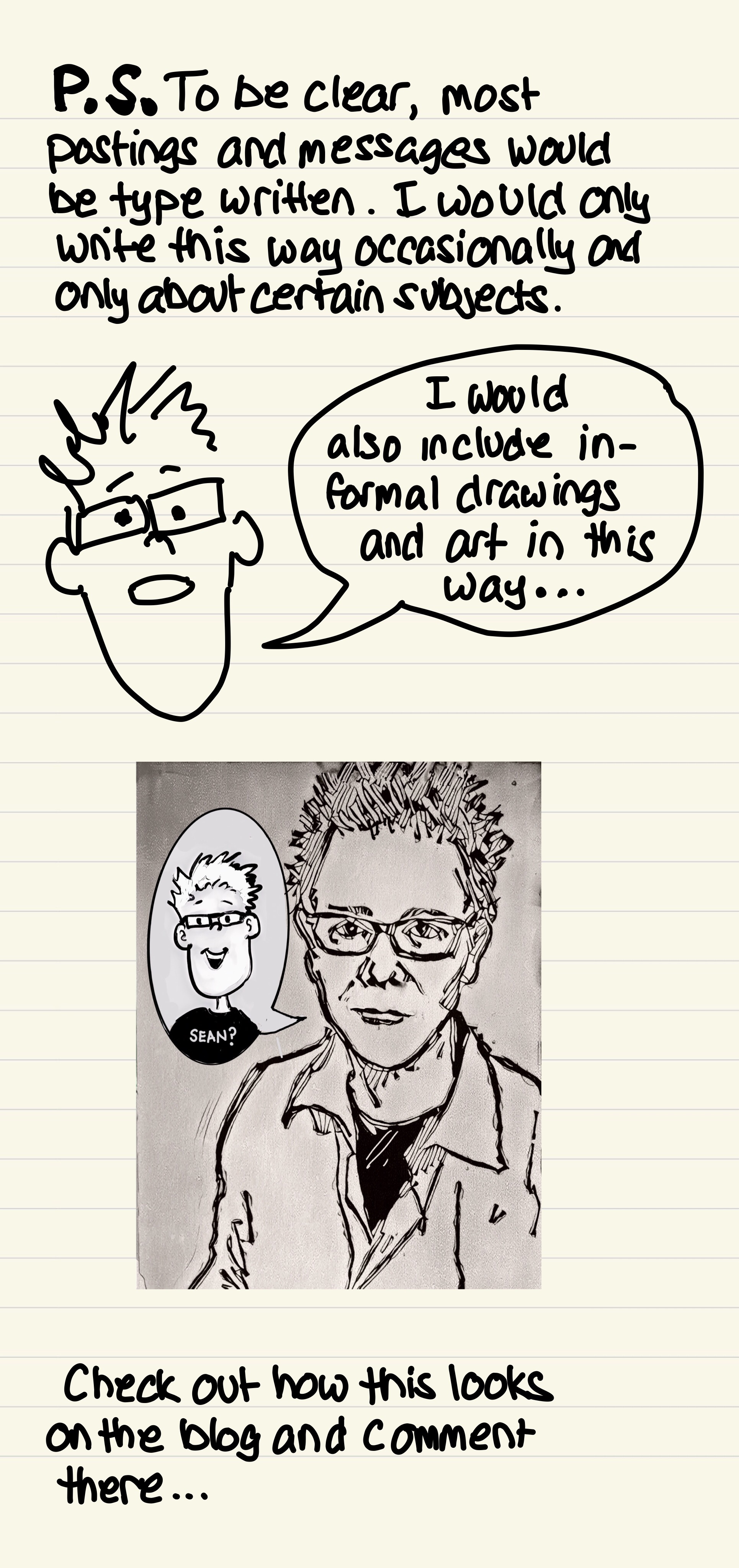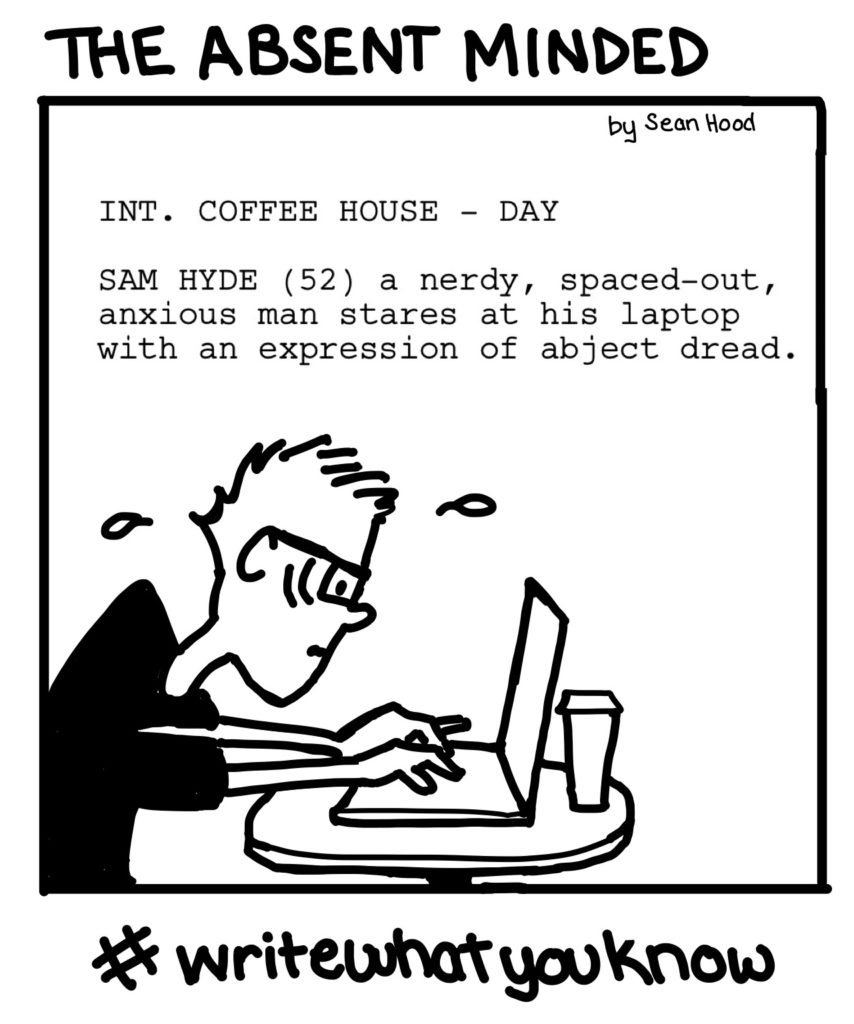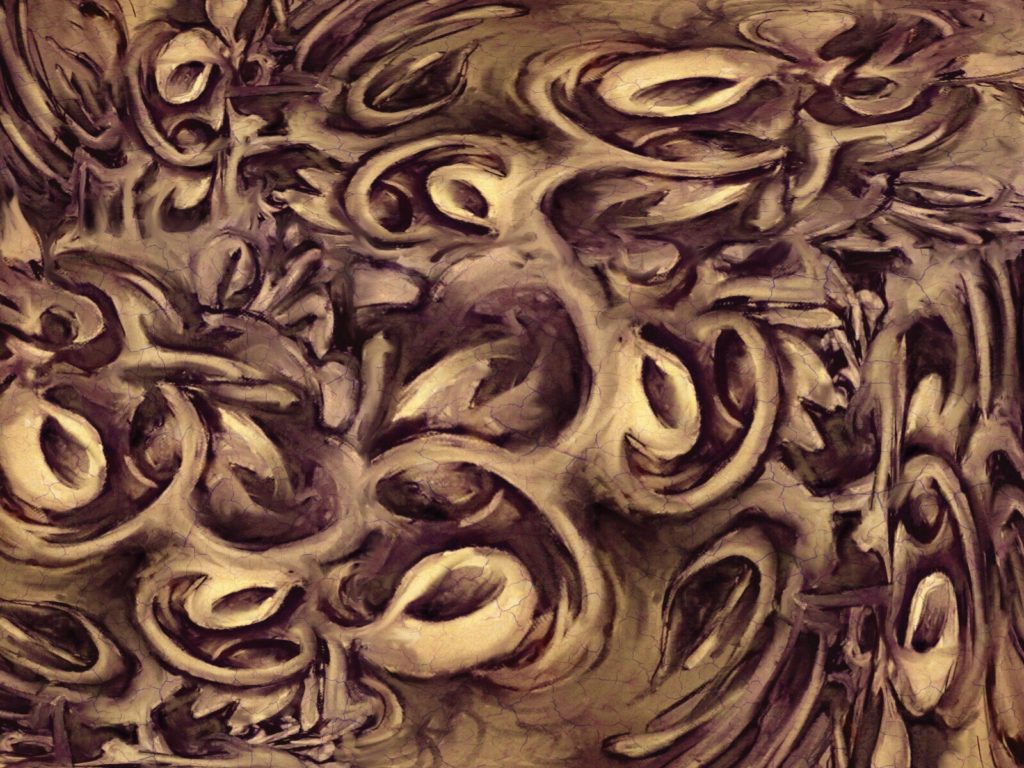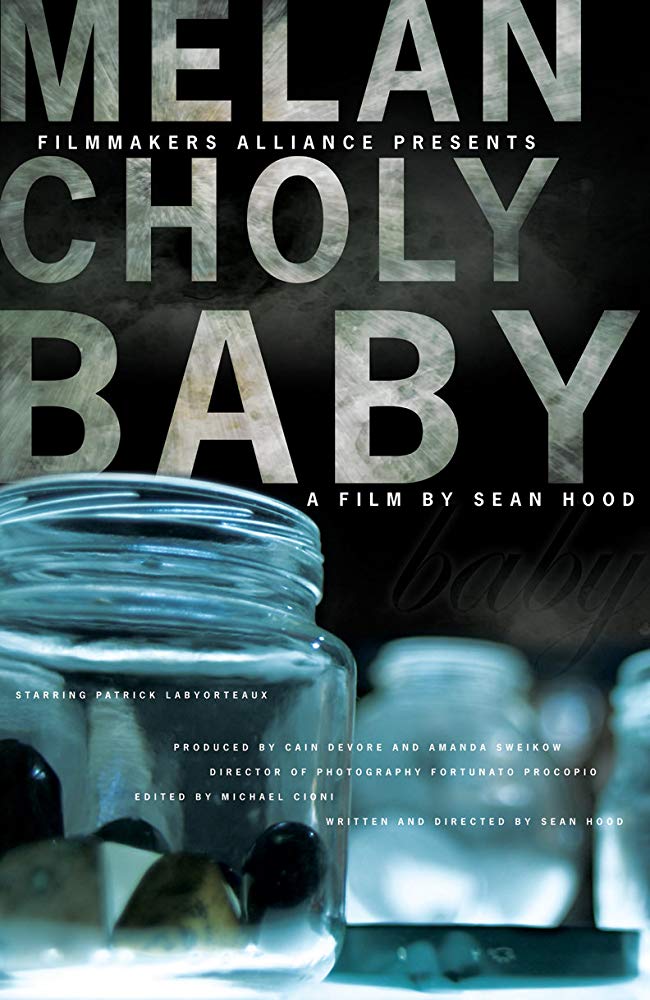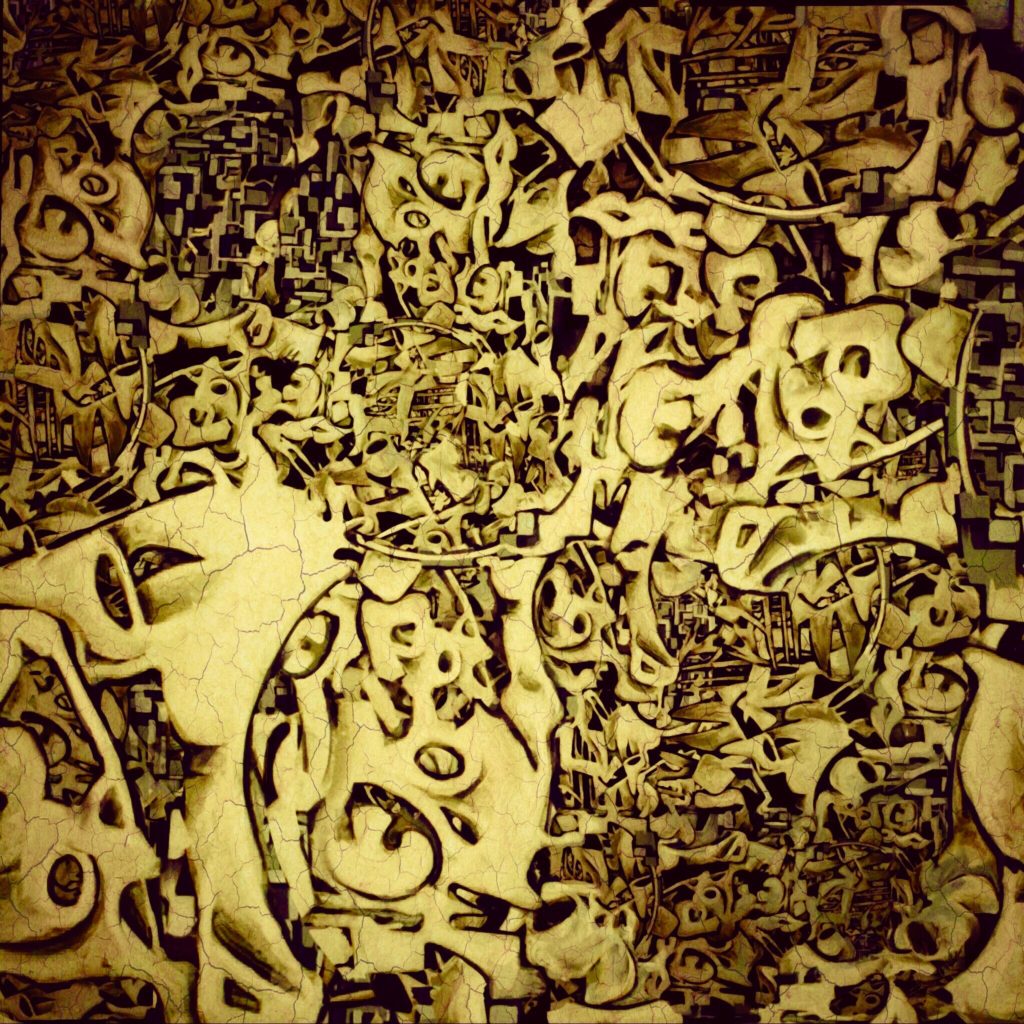So, since many of our children are refusing to go to school today in order to protest climate change, I’m going to invite the rest of you – ironic Gen Xers, sensitive Millennials, and stubborn Boomers back into the classroom in order to learn a new word.
Ever wonder why so many people are skeptical about global warming? Ever wonder why so many people, who understand perfectly well that humans are baking the planet, don’t do anything about it? Every wonder why it so hard for YOU to care, really care, about climate change more than say, losing weight, Game of Thrones, or what your ex just posted on Instagram? Why exactly is it that so many of us who are not in Gen Z are so complacent about the biggest calamity to hit our planet since a comet got the dinosaurs?
Well, an extremely useful word, when trying to understand the average person’s indifference to or outright denial of climate change, is
Ecologist-Philosopher Timothy Morton coined the word and defined it as “objects that are so massively distributed in time and space as to transcend spatiotemporal specificity.” What that means is that “Climate Change” has no specific place, yet it touches everything across the entire globe; it covers times at least as far back as the industrial age but perhaps as far back as the dawn of agriculture, like a spooky fog only visible at a distance. It is not “present” in a way that one can point to, like pointing to an apple, or a country, or a basketball team; we can only point to its effects, its traces, which can seem suspicious, like the footprints of Bigfoot.
Hyperobjects are just too big, too elusive, and too weird to get our heads around. They don’t behave as ordinary “objects” are supposed to behave- objects like cars, carrots, winter, or the super bowl. This is why it’s easy to get emotional about an ordinary object like the weather (it’s raining!) buts its hard to get truly emotional about climate – which seems to happen mostly in other places, to other people, someday far in the future.
In a sense, denialists and skeptics are right when they say climate change doesn’t “exist.” Rather, it weirdly haunts the weather, making it more extreme but never “causing” a specific event. It rises in intensity slowly, boiling us like a frog in a pot, without us noticing year by year that anything is really happening. It appears in statistics about warming oceans, dying coral reefs, melting glaciers, and superstorms, but those statistics never manifest in ways that interrupt our day-to-day lives.
The human brain simply isn’t built to deal with
Hyperobjects are everywhere but also nowhere. They are so big and so withdrawn from everyday experience, the average person (like you, like me) has trouble maintaining strong emotions about them. So with climate change, we mostly just ignore it, and if we do try to get our heads around it, we become paralyzed by its terrifying and spectral immensity. In fact, Hyperobjects can seem vaguely religious in scope, which is why people talk about “believing in” global warming – as if it required a kind of leap of faith, taking science as scripture.
But Climate Change is real. It doesn’t care what you believe. And it’s unfolding right now. It is, in fact, another comet striking the earth in hyper-slow motion, over the course of decades and centuries, hyper-distributed over billions of exhaust pipes, chimneys, and industrial farms.
Other “
Nearly impossible for us, I mean.
Gen Z grew up with
For Millennials, Gen-X, and Boomers, climate change is a thing that’s happening to someone else, in some other place, at some future time. For Gen Z, climate change is happening right here, right now, TO THEM.
And, unsurprisingly, they are freaking out.
******
For more on hyperobjects, I think anyone interested in climate change should read Timothy Morton’s book, Hyperobjects. It’s been around for a while, but only in academic, intellectual and activist circles. Morton’s writing is inventive and entertaining, so reading it won’t feel like doing homework or eating Kale.
